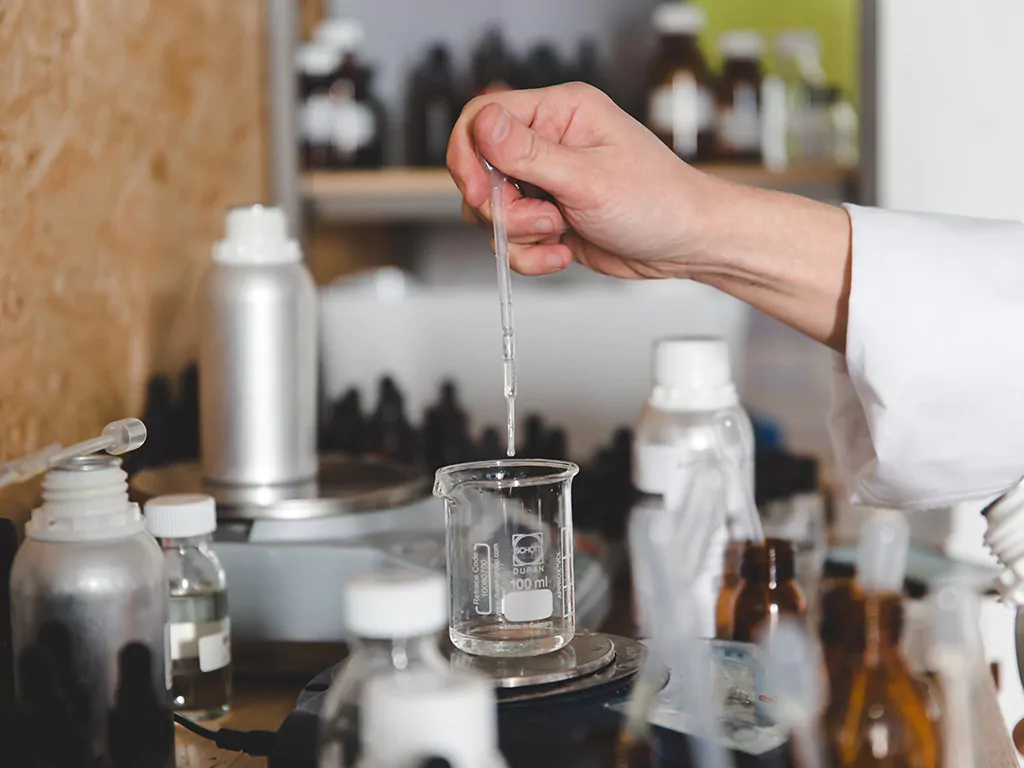Home › Style › Perfumes
The Evolving Landscape of Perfume Creation: Innovations, Trends, and Future Directions
Published on:
From its historical roots in Ancient Egypt to the modern perfume houses of today, the fragrance industry has undergone numerous transformations. In this article, we will explore the latest innovations and trends shaping the world of perfume creation.
The Artistry of Perfume Creation
The process of perfume creation begins with the careful selection of fragrance ingredients. Perfumers have a vast array of natural and synthetic materials at their disposal, ranging from essential oils to aroma chemicals. Each ingredient is chosen based on its olfactory properties, stability, and desired effect.
Once the ingredients are selected, the perfumer embarks on the artistry of blending them together. This involves creating the fragrance formula or "accord." Through precise measurement and proportion adjustment, the perfumer achieves the desired balance and character of the scent. A deep understanding of fragrance families and notes is crucial to creating a harmonious composition.
Formulation techniques also play a vital role in perfume creation. Traditional methods such as distillation, enfleurage, and expression extract essential oils and absolutes from natural materials. Modern techniques like molecular distillation and supercritical fluid extraction enable the extraction of delicate or rare fragrance components.
Quality control and testing are integral parts of the perfume creation process. Perfumers evaluate the scent's development, making adjustments and modifications as needed. Their olfactory expertise and sensory evaluation skills ensure the fragrance's performance, longevity, and overall appeal comply with safety regulations and standards.
The Use of New Technologies

New technologies have opened up exciting possibilities for perfume manufacturers. Unique ingredients such as black tea and vegetables are now being incorporated into scents, adding new dimensions and elements to fragrances. Advancements in biotech have led to the creation of nature-identical scents with enhanced biodegradability.
Some fragrance manufacturers have embraced the digital world by using the Metaverse to engage with customers and create real-life scent experiences. Imagery and augmented reality (AR) are employed to drive interest and interaction with their products in our increasingly digital society.
Sustainability and Ethical Practices
As consumers prioritize sustainability and ethical practices, fragrance manufacturing companies are adopting eco-friendly approaches. This includes using compostable bottle trays, recyclable perfume bottles, and cultivating ingredients ethically. Packaging innovations such as bio-cello wrap and repurposed materials are being explored, while refillable options reduce bottle waste.
The Rise of Niche and Artisanal Brands

The fragrance industry is witnessing the emergence of artisanal and niche brands. Consumers can now customize perfume gift sets to their personal tastes and even participate in the scent creation process. The personalization trend has led to more unique fragrance options and a focus on providing niche experiences to consumers.
Fragrance and Wellness: Aromatherapy and Mood Enhancement
Fragrance brands are incorporating natural notes and ingredients to align with the growing consumer focus on health, wellness, and natural products. Perfumes are no longer merely a cosmetic enhancement but are also being used in aromatherapy and to elevate mood. Natural ingredients interact uniquely with each person's chemistry, offering relaxation or a boost of joy depending on the blend.
The Changing Face of the Fragrance Industry
The fragrance industry's future looks promising as technology advances and manufacturers embrace unconventional olfactory notes. Eco-friendly and ethical manufacturing processes will continue to be a focus. Unisex scents that appeal to a broader audience will see further growth.
While leading perfume houses drive innovation, they face competition from new brands that prioritize natural ingredients and sustainable packaging.
Consumer Preferences and Market Analysis
Understanding consumer preferences and conducting market analysis is essential for perfume creators and brands to remain competitive. Studying consumer demographics, purchasing behaviors, and trends helps identify emerging opportunities. This information guides fragrance creators in developing scents that cater to specific fragrance categories and packaging preferences while meeting the expectations of their target audience.
In Conclusion
The fragrance industry is evolving rapidly, adapting to changing consumer preferences. Personalization, new technologies, and a focus on functional scents that enhance mood are driving the industry forward. As fragrance brands continue to innovate, perfumes will find their way into our lives in ways we never imagined possible.
Share With Your Friends